Installing a water heater or sizing up what you already have isn’t as straightforward as you think. You’ll first have to consider if your home’s electrical system has enough amps to support a water heater or a bigger one.
The right amperage isn’t just going to let you have a consistent supply of hot water but also make sure your electrical system doesn’t overload and threaten your safety.
In this guide, we’ll cover all you need to know about the amp requirements of different types of water heaters to help you know if your home’s electrical system needs amping!
What is amperage?
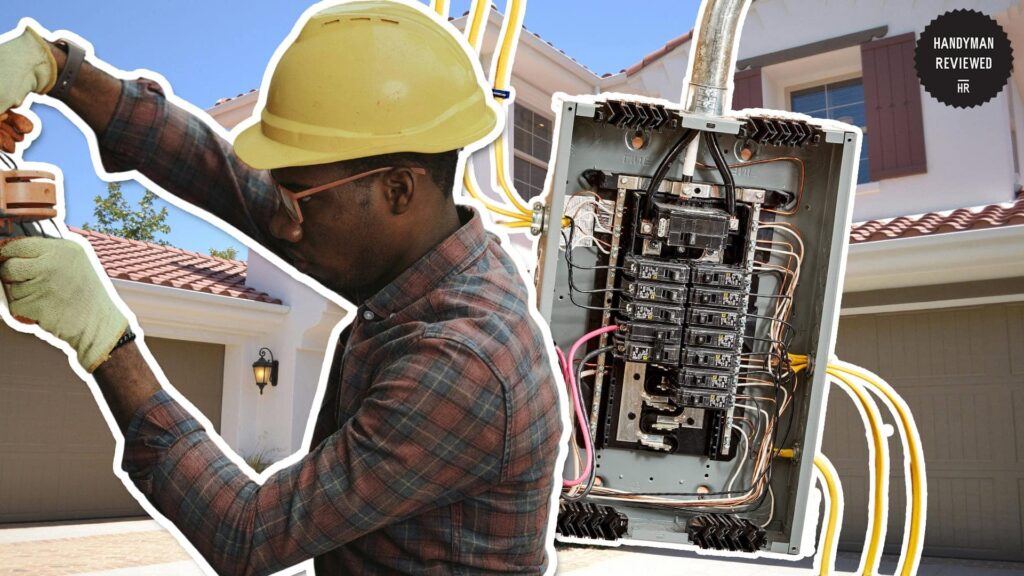
Amperage refers to the strength of the electric charge or current flowing in an electric circuit. The higher the amperage is, the higher the electric current is.
It’s similar to water flow in pipes. A higher amp equates to more current flowing in the circuits, like how stronger water flow equates to more water running on the pipes.
Amperage directly influences the heater’s ability to generate the necessary heat for the water. It’s essential to understand the amperage requirements of your water heater for a proper electrical system and safe operation.
How much amperage do water heaters need?
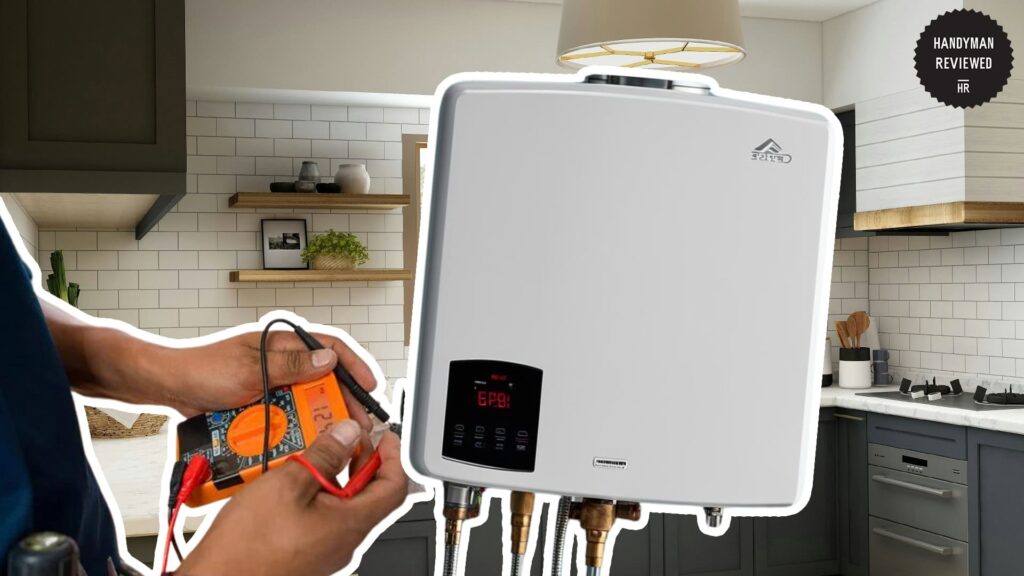
The amperage needed by water heaters can vary depending on the heater’s type, specific model, and size.
Most electric water heaters can run at 18.8 to 30 amps at 240 volts and 4,500 watts, while gas water heaters can run at 12 to 15 amps at 115 volts. Some water heaters may need more, especially if they’re tankless.
Factors That Can Affect the Amperage Requirements of Water Heaters
Types of Water Heaters
Water heaters can either be tank or tankless. Each type has its own amp requirement, and whichever you choose will dictate if your home’s electrical system needs an upgrade.
Tank Water Heaters
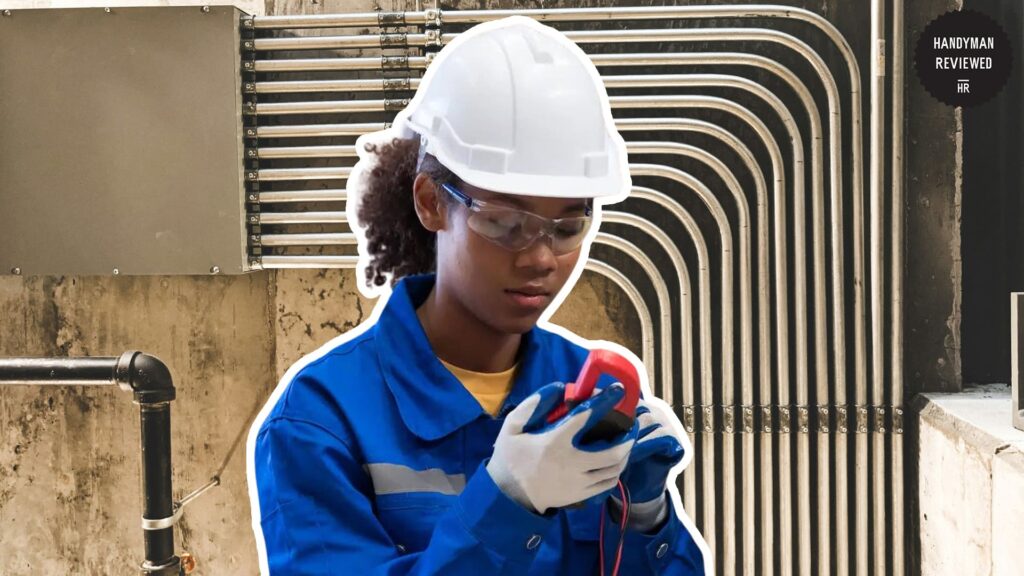
Tank water heaters, also known as storage tank water heaters, are the most common type of water heaters used in residential homes. They heat a specific amount of water and store it in a tank to ensure you have a consistent supply of hot water.
These heaters generally require lower amperage than tankless heaters. An average 40-gallon tank water heater typically only needs a 30-amp breaker, which most homes have.
If you don’t want to upgrade your electrical system, you can opt for a tank water heater instead of a tankless one.
Tankless Water Heaters
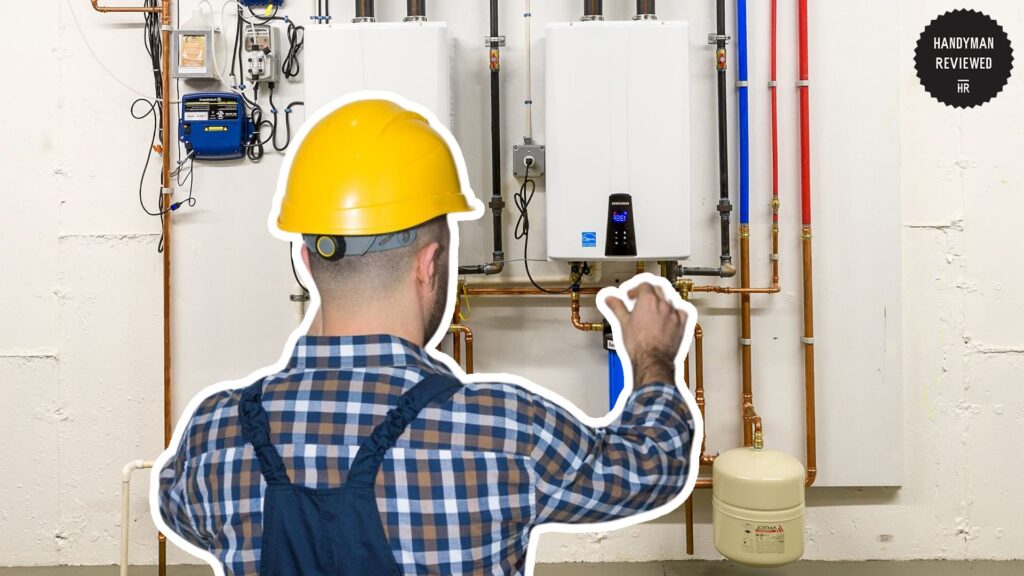
Tankless water heaters are also called on-demand water heaters because they provide hot water on demand. This means they only heat water once the tap is opened, unlike tank heaters, which heat water and later store it in a tank.
Since these water heaters have to heat water instantly, they need a powerful electrical system. You will generally need a 120 amps-breaker to run a tankless water heater, which is much bigger than what tank water heaters require.
Most houses’ electrical panels typically only have 100 to 200 amps for the whole house, so you’ll have to upgrade your electrical system to accommodate a tankless water heater.
Fuel Type
Most residential water heaters will need either electricity or gas to run. Each fuel type has different electric demands that can affect the amount of amps your home’s electrical system should have.
Electric
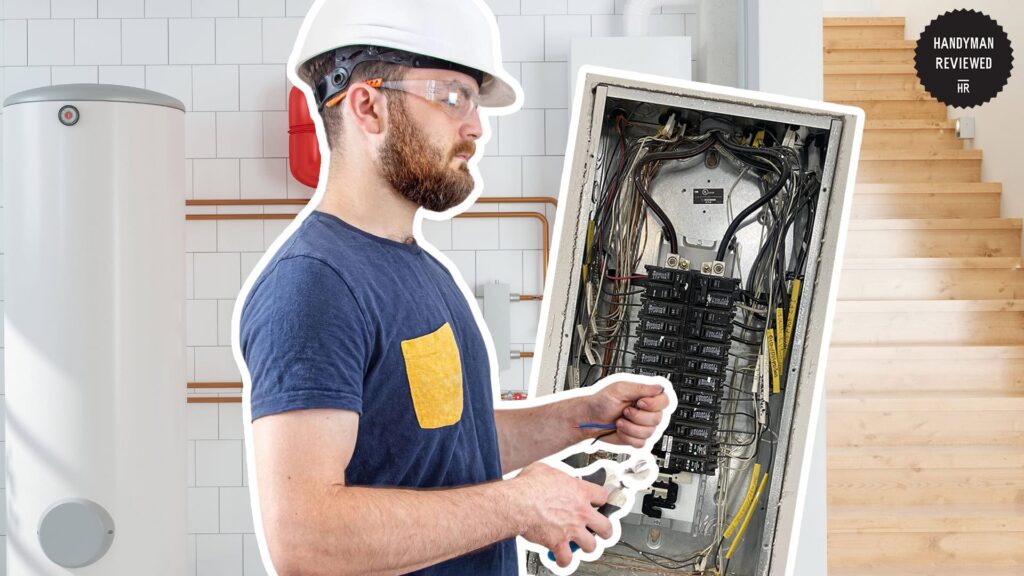
As you may infer from the name, electric water heaters heat up water using electric current. They’ll need a more powerful electrical system since they rely solely on electricity to heat water.
An electric tank water heater typically needs an 18.8 to 30-amp breaker, depending on the size of the tank. A tankless water heater, on the other hand, requires a 120-amp breaker to operate.
Even if your home has a 30-amp or 120-amp breaker, you’ll still likely need to upgrade your electric system. This is because electric water heaters, whether tank or tankless, require a 240-volt circuit that only supports them and no other appliances.
Gas
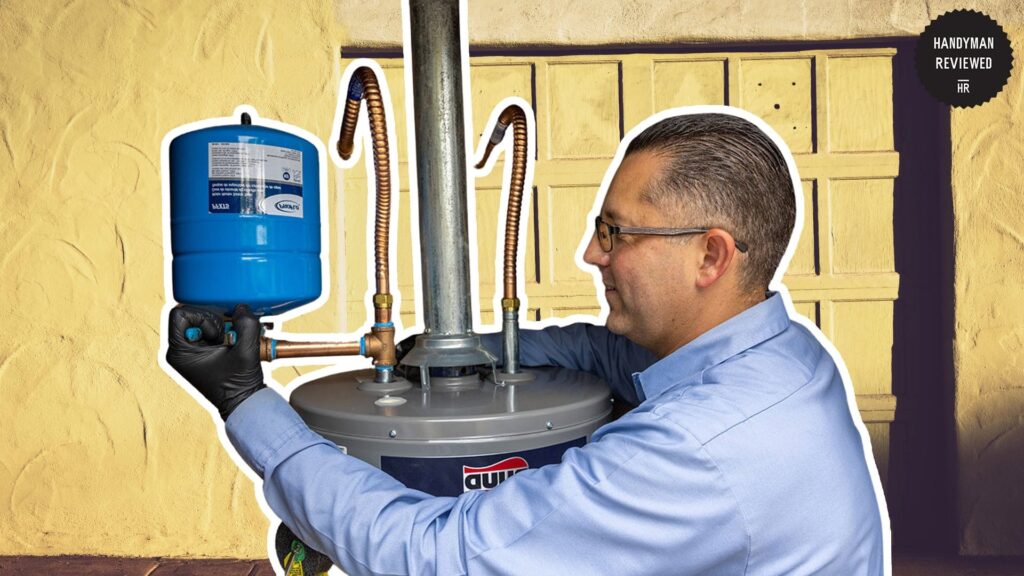
Gas water heaters use either natural gas or propane to power their heating elements. While they don’t rely on electricity to heat water the same way electric heaters do, they still have electric components that need electricity to function.
Since they mainly use gas to operate, you generally won’t need to upgrade your electrical system if you plan to install one. As long as you have a 30-amp breaker for a tank water heater or a 120-amp breaker for a tankless heater, you should be good.
Wattage
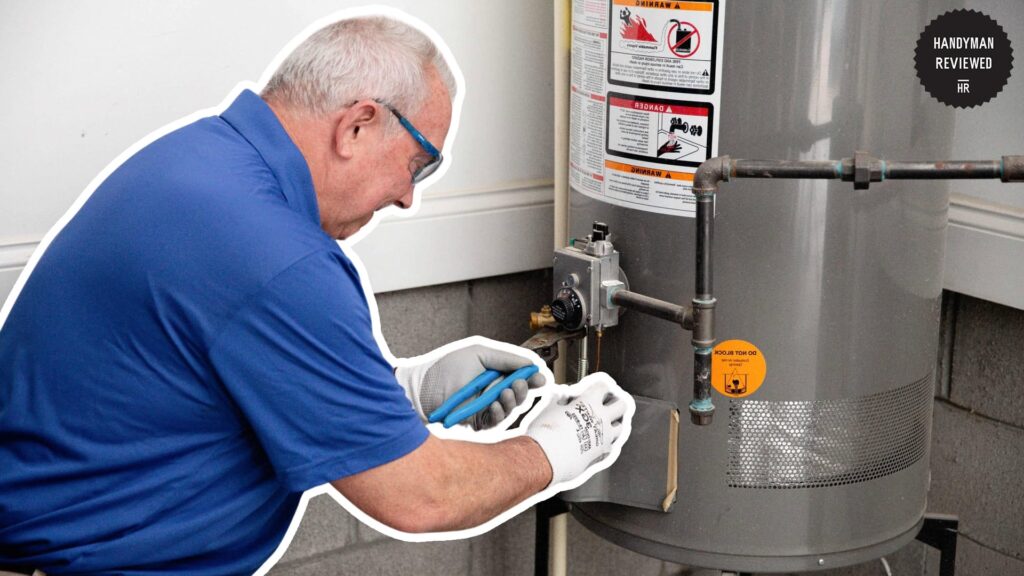
Wattage is a measure of electrical power that an appliance, like a water heater, uses to operate. It basically measures the electric consumption of your water heater and shouldn’t be confused with amperage, which measures the strength of the current flow.
Your water heater’s wattage rating will directly affect its amperage requirement. If the water heater has a higher wattage rating, it consumes more electrical power and would need more amperage to operate safely.
Voltage

Voltage refers to the potential of the electrons to move. If we compare it to water flow, it refers to the pressure that’s pushing your water through your pipes and hose.
Most homes typically have two voltage levels: 120 volts and 240 volts. Water heaters are designed to operate at either of these voltages, and their voltage requirement will impact how much amperage they’ll need.
Higher-voltage water heaters will typically need lower amperage since higher voltage allows the same amount of power to be delivered with less current. This is why it’s important to check your heater’s voltage requirement to calculate the correct amps.
Size or Capacity of Heater
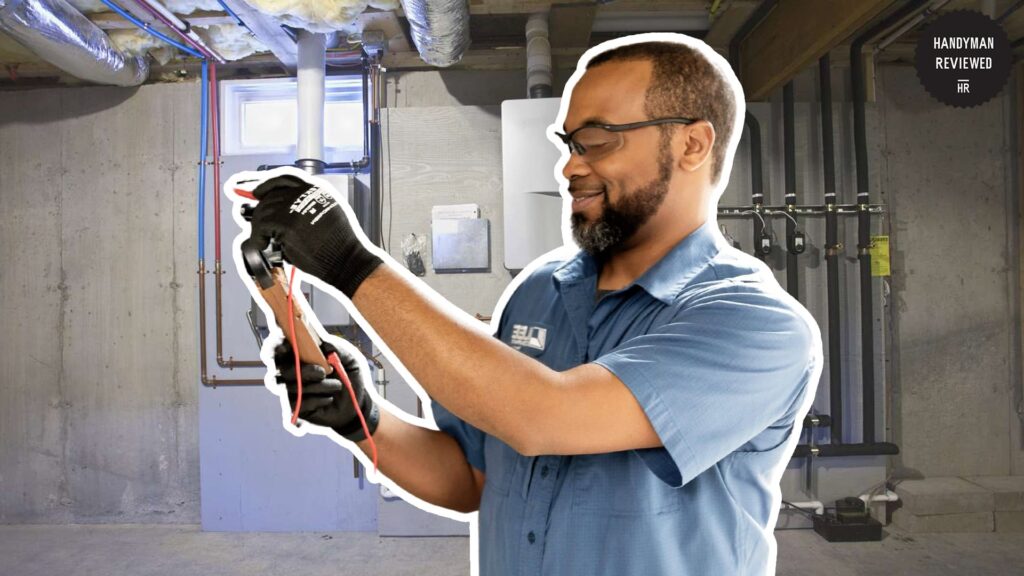
The water heater’s capacity or size will generally affect how much voltage or wattage it needs to operate, so it will also have an impact on its amperage requirement.
A 40-gallon tank water heater is enough to supply hot water to a single person. As the capacity of your tank increases, its amp requirement also increases.
As for tankless water heaters, a 5 to 7-gallon-per-minute heater is generally enough if you need to use 2 to 4 fixtures at the same time. Water heaters with this capacity will usually need 120 to 125 amps.
Energy Efficiency Rating
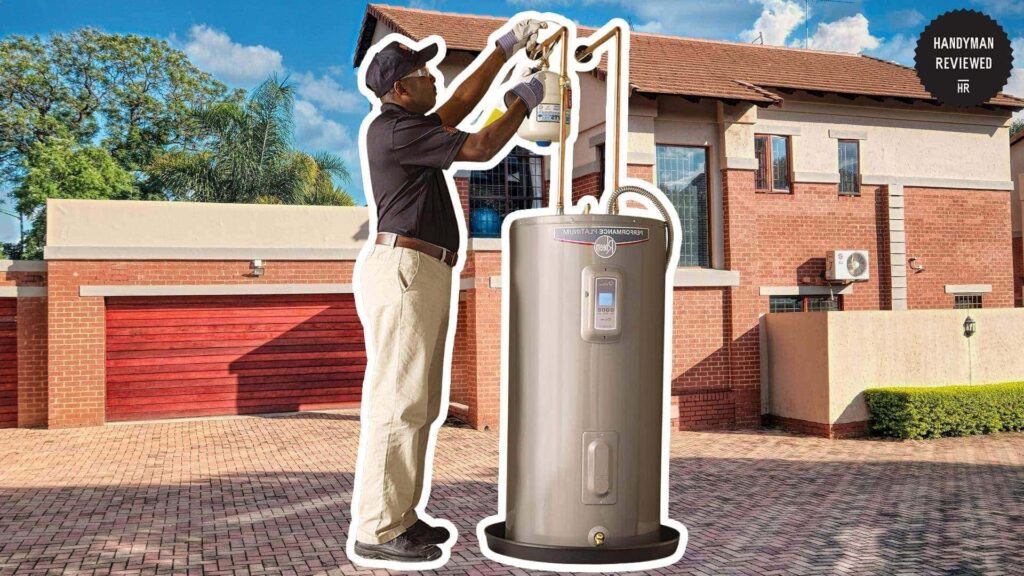
Several manufacturers are continuously releasing improved versions of their water heaters. One of the common improvements these water heaters have is a higher energy efficiency rating to help homeowners save up on power consumption.
Water heaters with higher energy efficiency ratings are designed to use less energy to produce the same amount of water. This means they will also generally require lower amperage requirements.
If your water heater is an old model, it may not have great energy-efficient features. As such, you might need to bump your home’s electrical system to accommodate its higher amperage requirement.




